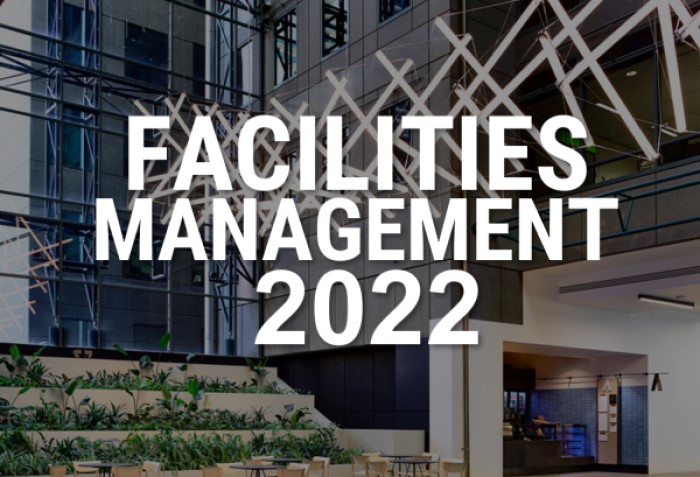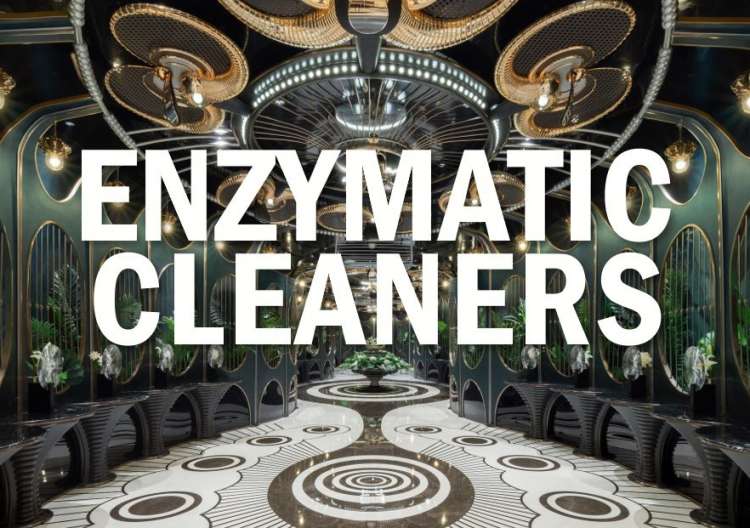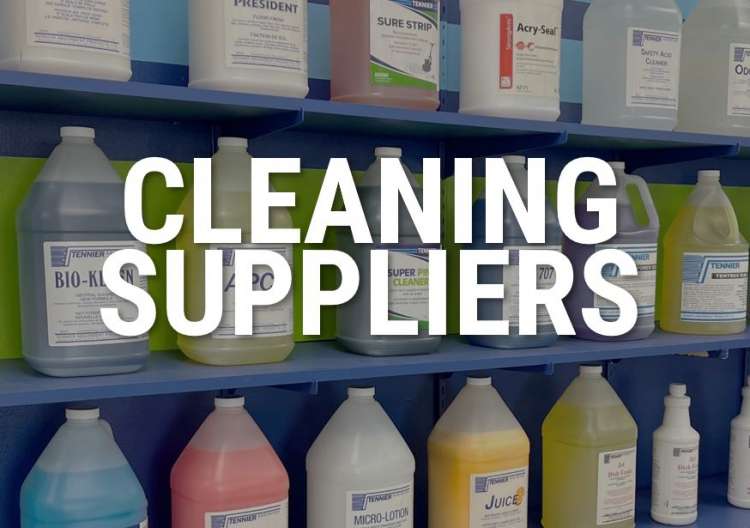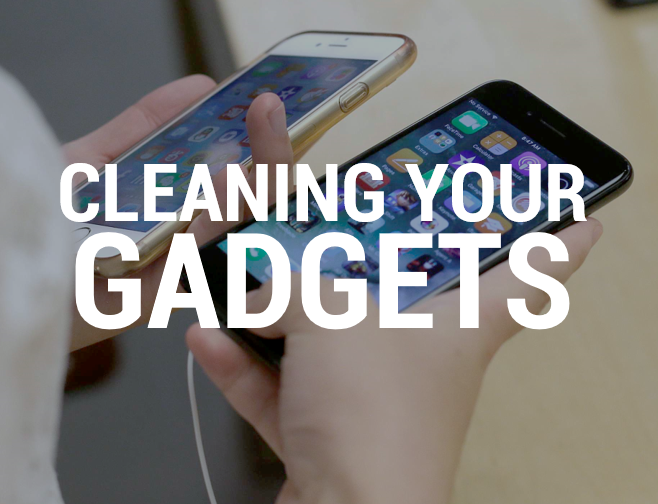2022 is a whole new year. Are your facilities ready?
When it comes to facilities management, the past couple of years have been tough: Whether you closed down early in the year and had to contend with how to properly maintain an unoccupied and unused space, or found yourself opening and closing depending on local restrictions, or had to stay open with new regimens in place, the learning curve has been steep.
Though the majority of Canadians are now vaccinated (and even the under-12s are now getting their first doses), the rise of the Omicron variant and the need for booster shots means that facilities managers will continue to have their hands full in terms of cleaning, disinfection and sanitization well into 2022 and probably beyond.
So maybe the Christmas holidays are a good time to step back, take a breath, and think about how to hit the ground running in 2022. Here’s our advice for what facilities managers should be thinking about.
Do you know enough about disinfectants? Are your cleaners using the right ones?
As we’ve discussed before, not all disinfectants are created equal (and bleach isn’t always the gold standard of disinfection). Different surfaces require different cleaning products and procedures, and cleaners aren’t always trained on which products are best for which surfaces, or which products count as ‘disinfectants’ vs ‘surfactants’ or ‘degreasers’. It’s worth reviewing the products you’re using to ensure that they’re actually doing what you need them to. (A good place to start is Health Canada’s list of approved products.)
Are the products being used correctly?
Just about all disinfectants depend on a ‘dwell time’: The length of time a disinfecting product must remain on a surface in order for it to achieve the disinfecting rates it claims on the label. While spraying and then immediately wiping a surface with a particular disinfectant may kill some of the germs and bacteria, that “kills 99% of all bacteria” claim on the label often comes with a corollary: “…when left to sit on surface for at least 5 minutes before wiping or rinsing.” It’s worth checking in with your cleaners or cleaning company to make sure they’re following these directions.
What’s included in the ‘surfaces’ being cleaned?
You probably know that high-touch surfaces like door handles, elevator buttons, navigation touch screens and washroom areas need to be cleaned and disinfected regularly, and maybe you’ve even implemented a pandemic-driven, accelerated schedule for these areas. However, as we come to understand more about coronavirus (and, in fact, human behaviour), we’ve learned that surfaces like floors can also be vectors for viral transmission: An unmasked infected person coughs or sneezes on the floor, and the person behind them picks up droplets on the bottom of their shoes. When that person gets home, they use their bare hands to remove their shoes and now they’ve got virus on their hands and can spread it through their home.
But high-touch surfaces can also include edges of counters (where kids may rest their foreheads or hands when waiting for a parent to make a purchase); exterior railings (these are often overlooked); glass doors (because people often press on the glass rather than the handle); shelving (in offices, stores, waiting rooms).
In other words, if your cleaning routines haven’t expanded the definition of ‘high touch surfaces’ in 2020, they definitely need to.
Are the people doing your cleaning properly trained?
Whether you’ve outsourced your cleaning to a third party or taken it in-house, it’s important to remember that great cleaners are made, not born. (And yes, we’ve said that before.) 2020 has taught most of us that professional cleaners take their work seriously and are more deserving of respect than perhaps they have received in the past, but the best cleaning professionals will tell you that training is crucial, especially in a commercial environment: Cleaning staff should know the difference between disinfecting, sanitizing and cleaning; they should have a good understanding of cleaning products and their uses; and they should know how to identify gaps – and feel comfortable either addressing those gaps or speaking up to facilitate a resolution.
When it comes to cleaning, training is an investment, not an expense.
When was the last time you spent a shift with your cleaning team?
Do you know how often your cleaning team is disinfecting the elevator buttons? Are they using a disinfectant or a sanitizer on the floors? Do they use dispensers or pre-mixed cleaning products? Are they wearing correct PPE at all times? Do they clean as much as they can in X hours, or do they clean everything they need to, no matter how long it takes?
If you don’t know the answers to all those questions regarding your facility, it’s time to spend a shift with your cleaning team. You don’t have to be in there with a clipboard, monitoring their bathroom breaks – it’s not a productivity test. But you do need to know whether they have the products, time and training they need to complete the job in a way that will keep your facility, your people and your visitors safe.
2022 is going to be better. But it’s not going to be easy.
Navigating the coronavirus pandemic has been difficult for just about everyone, and there’s no question that 2021 is going to be an improvement on 2020 and 2021. For facilities management professionals, however, there is going to be increased scrutiny on cleaning and disinfecting for months, and probably years, to come. Being able to go into January with a strategy will set you up for a more productive, and less stressful, year.
(By the way, if you or your cleaning team would like more information or advice on disinfectants or cleaning best practices, don’t hesitate to get in touch. We’d be happy to help.)





